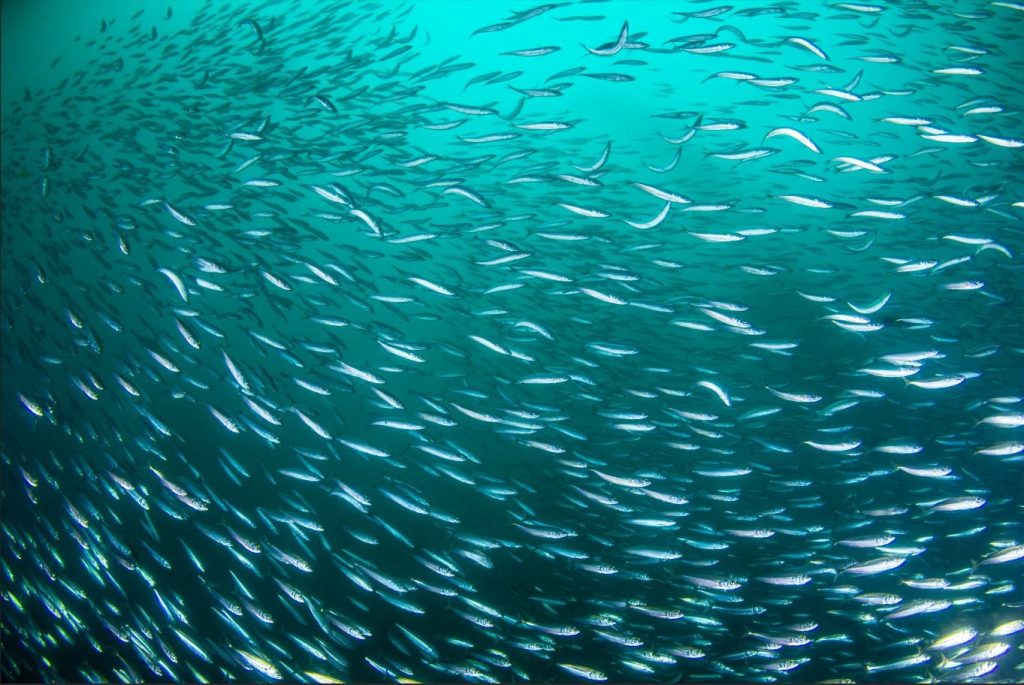Effort needed to prevent illegal fishing in marine protected areas

Preventing illegal fishing in Marine Protected Areas (MPAs) takes far more than drawing boundaries on maps — it demands strong investment, smart technology, and committed enforcement.
- New satellite and radar methods reveal that in many MPAs, industrial fishing vessels still intrude, even where fishing is officially banned.
- Scientists combined AIS (Automatic Identification System) tracking and radar satellite imagery (SAR) to detect fishing boats — finding AIS alone missed nearly 90% of vessels detected by SAR.
- Well-protected MPAs can reduce fishing pressure by 9 times compared to adjacent unprotected waters — but only when protection regimes are enforced and well resourced.
- Alarmingly, in a broader survey of 6,000+ MPAs, 47% recorded industrial fishing activity between 2022 and 2024 — demonstrating that many MPAs remain “paper parks” without real enforcement.
- The success of MPAs hinges on:
• Adequate funding and consistent enforcement
• Use of advanced technologies like SAR + machine learning
• Community involvement and local stewardship
• Transparent governance and shared accountability
Why This Matters for Africa & AFMESI
To protect Africa’s marine ecosystems and harvest the benefits of sustainable Blue Economy, we must go beyond designating MPAs — we must activate and defend them.
At AFMESI, we believe that safeguarding MPAs is essential for restoring fish stocks, supporting coastal communities, and meeting climate resilience goals. We must invest in surveillance, capacity building, inclusive governance, and technology to make MPAs truly effective, not just symbolic.
Want to join the effort? Let’s collaborate to build systems that turn MPAs from protected lines on maps into living, active strongholds of ocean health.
#DidYouKnow #OceanProtection #MarineProtectedAreas #IllegalFishing #BlueEconomy #AFMESI #OceanScience #ConservationTech #AfricaMarineStewardship

